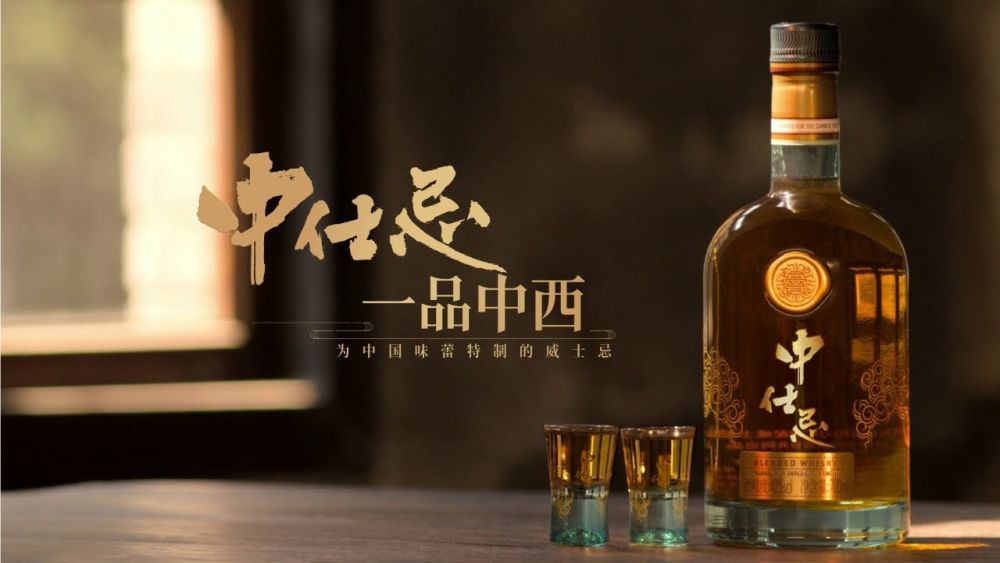In China’s spirits market, whisky is emerging as a formidable challenger to the long-standing dominance of baijiu. Traditionally entrenched as the spirit of choice for Chinese celebrations, baijiu’s stronghold is now being challenged by the increasing popularity of foreign alcoholic beverages, particularly whisky. With whisky sales reaching a substantial $2.3 billion in China in 2022, experts predict a nearly tripled figure by 2027, indicating significant growth potential.

The driving force behind this surge in demand is a specific demographic: young, urban, educated, and increasingly female consumers. Their evolving preferences are reshaping the market, favoring less alcoholic spirits from outside China. International beverage giants like Pernod-Ricard and Diageo are capitalizing on this trend by investing heavily in Chinese distilleries. For example, Pernod-Ricard has allocated $140 million for a production base near Emei Mountain in Sichuan Province, while Diageo has opened a plant in Yunnan Province, with plans for a fully operational facility later this year.

Despite whisky’s growing popularity, it currently represents less than 2% of total spirits consumed in China, indicating substantial room for expansion and diversification. Even homegrown distilleries are entering the market, with estimates suggesting the presence of 30 to 50 such establishments, many still in the construction phase. The expansion of the whisky market extends beyond China, with significant growth anticipated in other parts of Asia. Jamie Li, head of sales for Maison du Whisky, anticipates increased demand during the Lunar New Year as Chinese tourists visit Singapore, drawing parallels with Christmas in Europe.

However, challenges persist alongside the promising growth prospects. Allison Malmsten of Daxue Consulting highlights issues such as the youthfulness of local distilleries, with 80% of whisky aged for two years or less, as well as shortages of barrels and professionals to aid in production. Drawing parallels with China’s wine industry, Malmsten suggests that a similar trend might occur as whisky production matures, potentially leading to a surge in demand for domestically produced whisky.

The trajectory of the whisky industry in China is characterized by growth, innovation, and evolving consumer preferences. As international and local players navigate this dynamic landscape, the Chinese spirits market is undergoing a transformation, with whisky poised to secure a more significant and enduring presence in the years to come.

